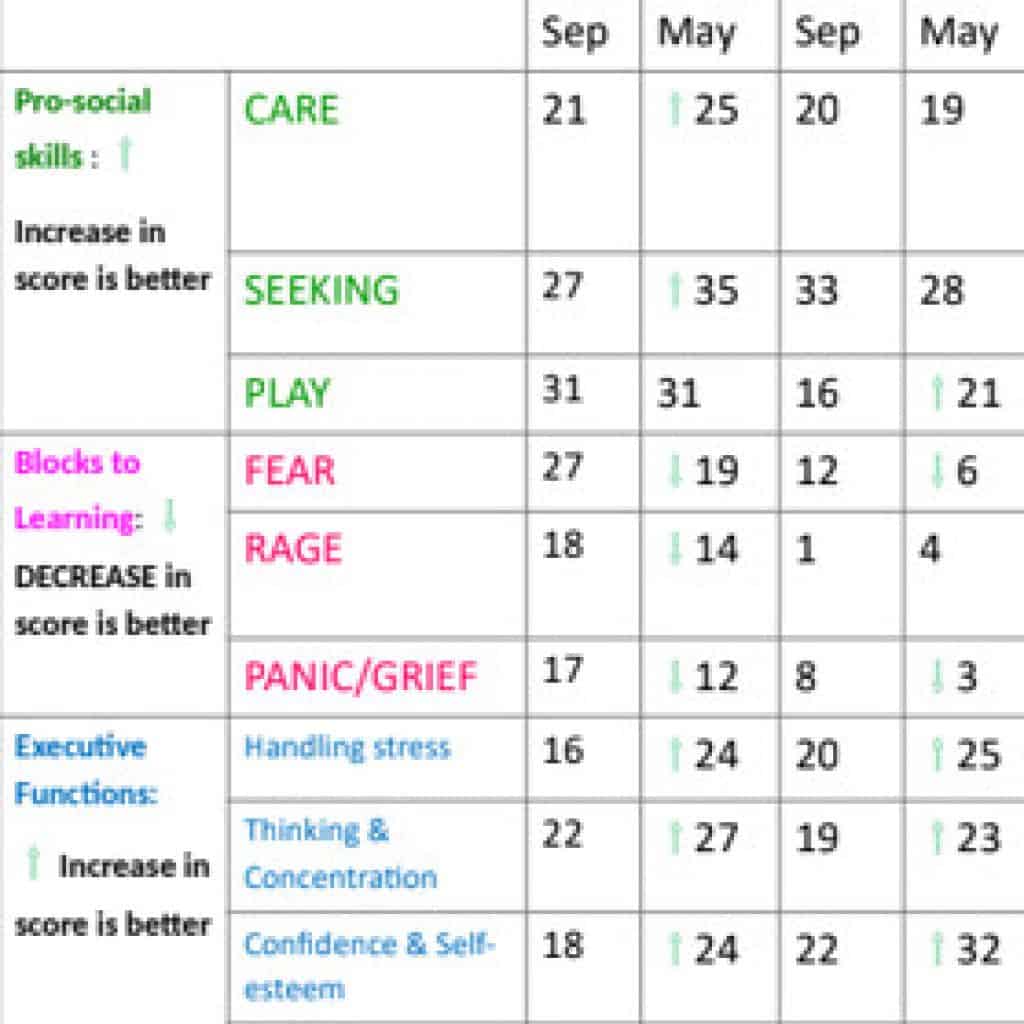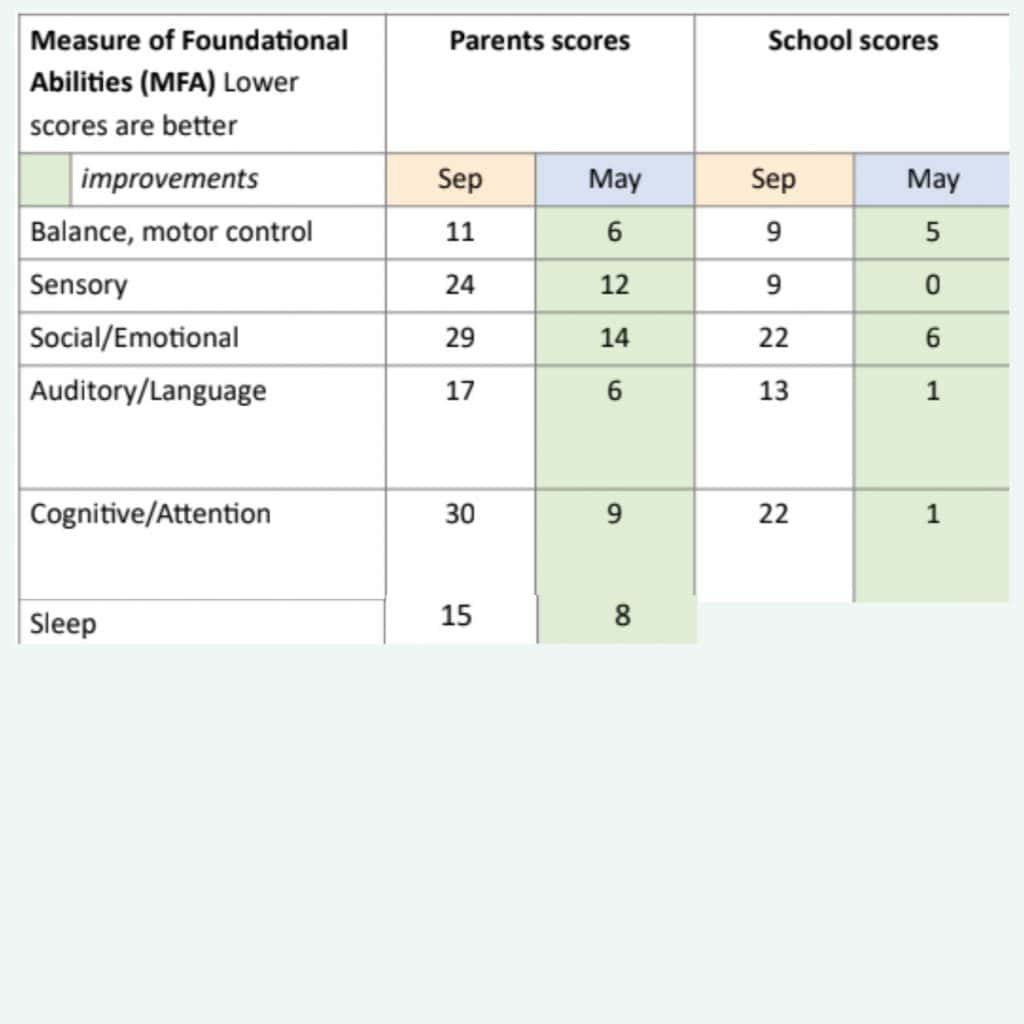The information presented in this case study was submitted by the identified provider and reviewed by the Unyte Clinical Team. Modifications to the text have been made solely for the purpose of enhancing comprehension and clarity for the reader’s benefit, and were carefully applied while ensuring the accuracy and integrity of the original submission. Unyte Health makes every effort to use updated terms and inclusive language, this case study retains the author’s original descriptions to be most sensitive to the client’s identity and preferences.
About the Provider
Name: Catherine Stephenson
Disciplines/credentials: Therapeutic teaching
Modalities: Safe and Sound Protocol (SSP)
Client Background
Name: Petra (pseudonym)
Age and Gender: 10-year-old girl
Program Delivered: Safe and Sound Protocol (SSP) Connect (Hour 1), Core (Hours 1-5)
Petra experienced developmental trauma before being adopted at a young age. Subsequently, she displayed low self-esteem, anxiety around new experiences and difficulty forming social bonds. Petra often found herself demonstrating fight, flight and freeze responses when stressed, leading to her feeling overwhelmed and having difficulty asking for support.
While her parents provided a loving and supportive environment, they wanted Petra to have a strong internal foundation before she progressed to secondary school, and hoped to help her increase her confidence and sociability.
Implementation of the Safe and Sound Protocol (SSP)
Petra listened to SSP remotely, engaging in co-regulation activities with her parents at home. She completed listening sessions over a six-month period, while receiving SSP-related support from provider Catherine Stephenson for eight months. This allowed Petra to choose her own duration of listening and take breaks as needed.
Response
Petra’s social confidence increased, leading to her making new friends and engaging more in class. Her teacher noted improved focus and persistence in her scholastic pursuits, which encouraged Petra to engage further in after-school activities. She also attended a media workshop independently without a friend, a demonstrable example of her increased confidence.
In addition to her teacher’s observations, Petra’s parents noticed positive results. She began seeking out affection and reassurance more willingly, and on occasions when arguments arose, the conflicts were shorter and less intense. Recovery time after these arguments also reduced, demonstrating her increased nervous system flexibility.
Quantitatively, Petra improved her score on the Measure of Foundational Abilities (MFA) assessment and questionnaire reports from her parents and teachers:


In Petra’s own words, her perspective of the SSP changed throughout her journey. Initially, she called the listening sessions “boring,” but by the end of the eight-month period, she decided that “it’s helping me,” and expressed a desire to continue.
Discussion
For Petra, autonomy played a key role in the success of the SSP in helping her feel more secure and confident, demonstrating the power of a slow, collaborative and client-led approach to SSP delivery.
By honoring Petra’s need for independence and deliberate pacing, Petra was able to feel supported and access the care provided by her family, school and provider. This case exemplifies that when clients are given flexibility and understanding in their therapeutic process, it can significantly enhance their potential for healing.



 © 2025 Unyte Health US Inc.
© 2025 Unyte Health US Inc.